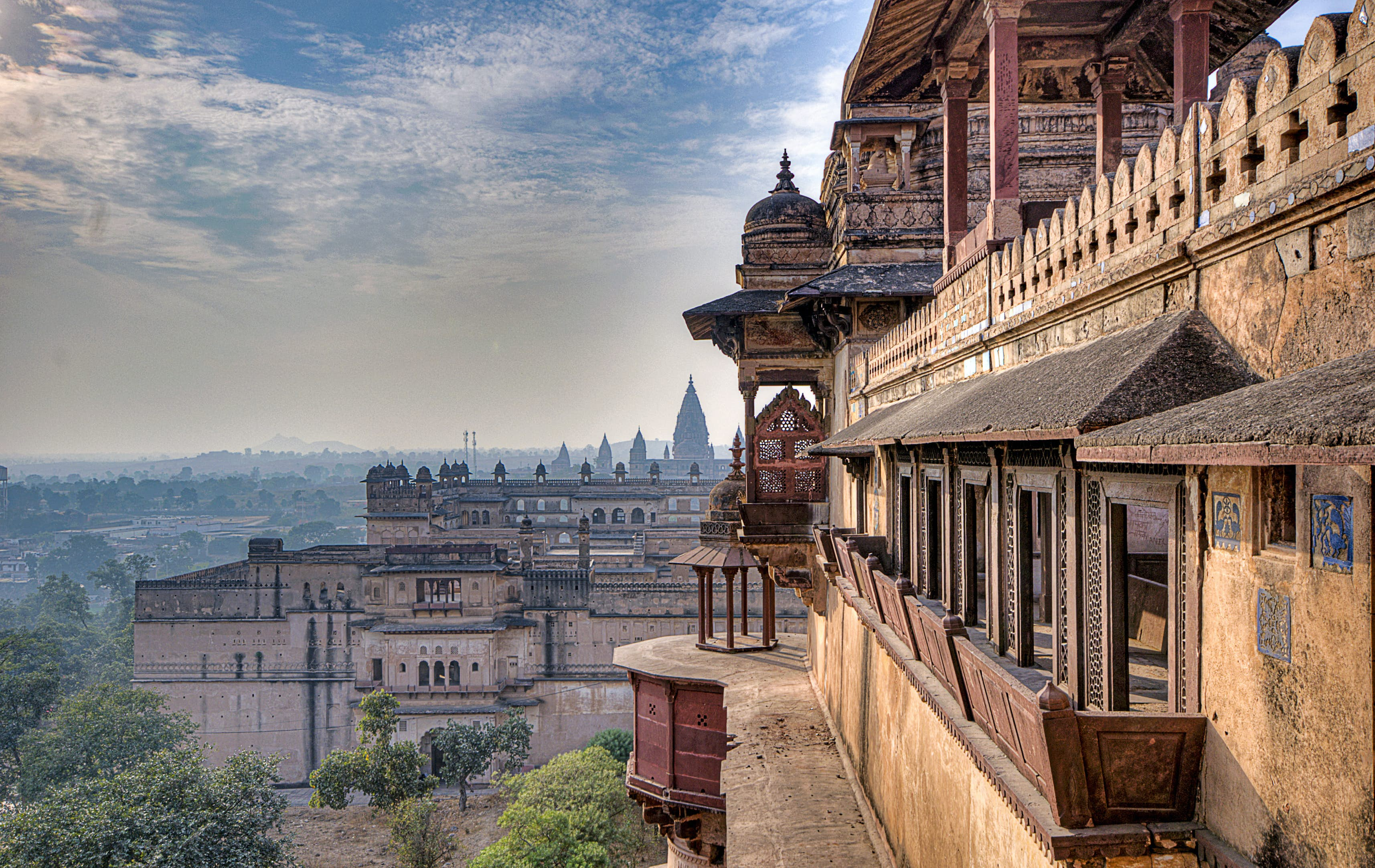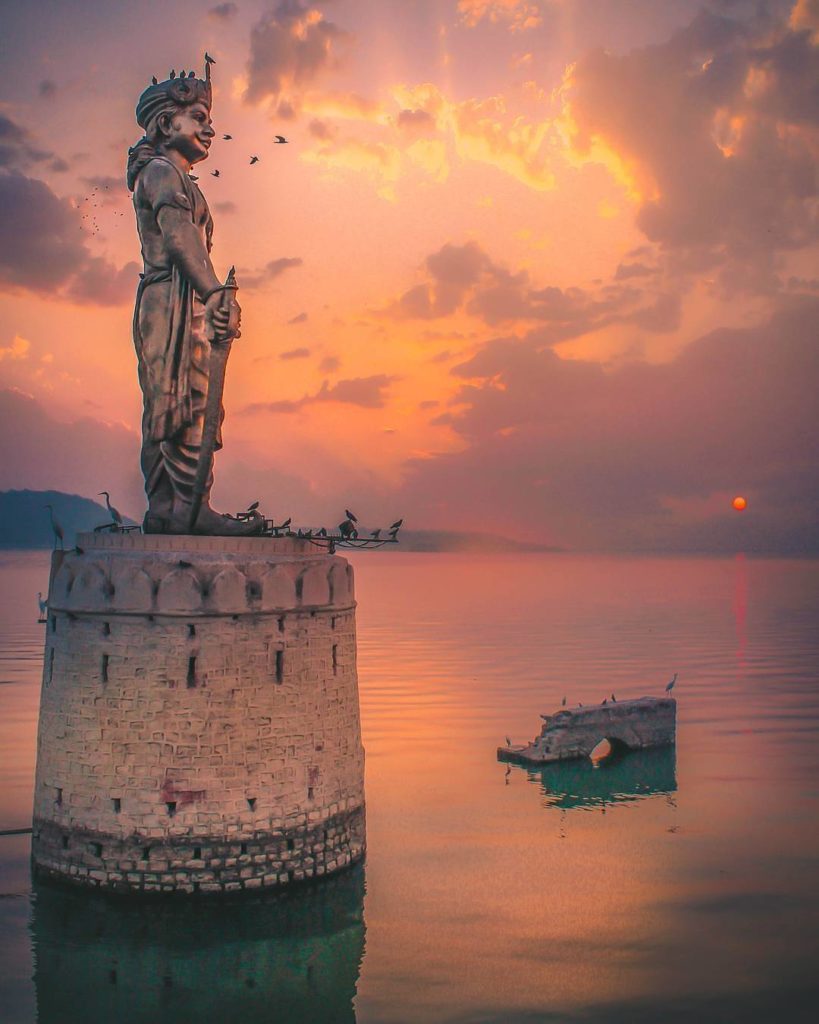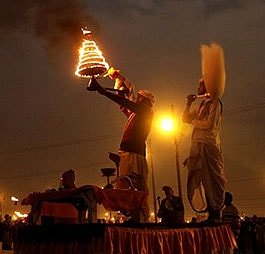Raneh Falls, Khajuraho
The state owes two of it’s wonders to the Ken River-the Raneh falls and the Ken Gharial Sanctuary.
The Grand Canyon of Madhya Pradesh – Raneh Falls
It doesn’t matter how many waterfalls you have seen before.
The spectacular Raneh Falls in Madhya Pradesh’s Chhatarpur district will simply blow you away. With a series of rock formations leading to a 30 meter high natural fall over the Ken River with a deep canyon below, the Raneh Falls are picture perfect.
What makes the Falls so special is that they are formed as a result of volcanic eruptions centuries ago. It is marvelous treat to see the deep blue waters of the bubbling river falling over the red rock structures.
The rocks or a canvas in themselves, painted in intense hues from right red to dull maroon and charred black. Birdwatchers will enjoy studying the water fowl in their natural surroundings beside the gigantic sandstone boulders along the river. Located around 20 km from Khajuraho, the Raneh Falls are the perfect getaways spot for a leisurely picnic amid a stunning landscape.




